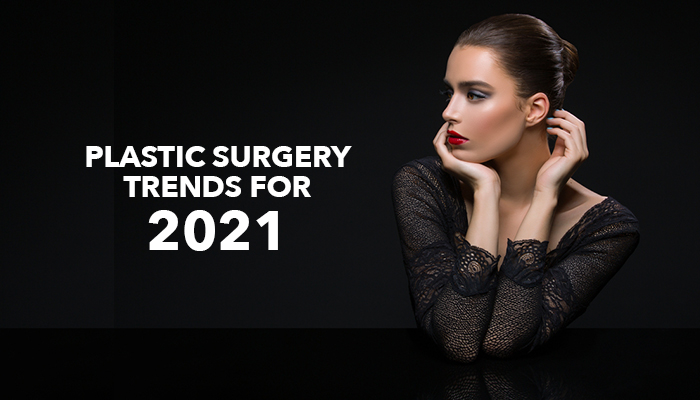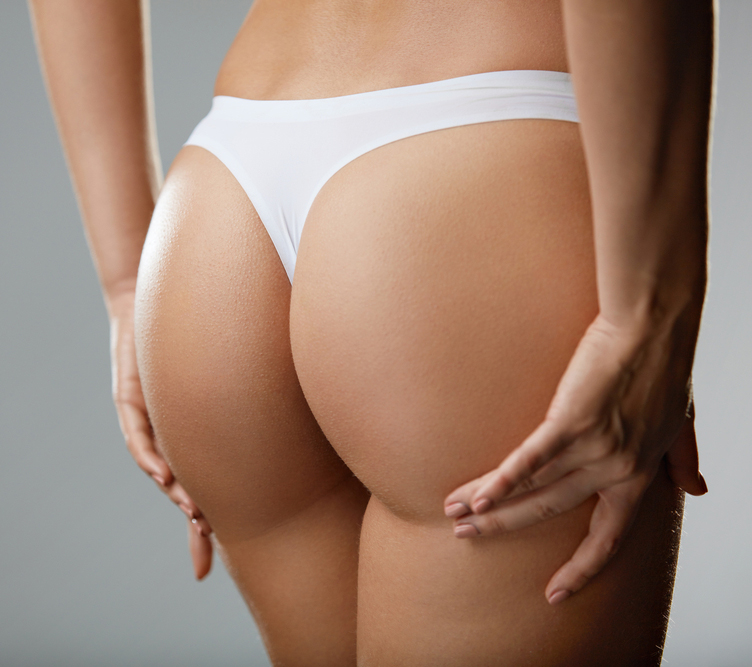
Latest Approaches to the Facelift
Facelift Approaches
Over the years facelift procedures also known as a rhytidectomy, have remained one of the most popular cosmetic surgeries performed in the United States. Steadily in the top five, facelifts have not dropped in popularity aside from a brief period in 2015 where that had only a short and small momentary drop in popularity. Even with procedures that are minimally invasive and non-surgical in nature, facelifts have kept their spot in the top five cosmetic procedures to date.
Why have facelifts remained so popular over the years? The answer is simple.
The truth is, women love to feel beautiful and young as long as they can. Not just because of the great emphasis our culture places on youthfulness, but simply because aging can often take a toll on the emotional state as well. Also, some women simply age quicker than their peers and want to keep themselves looking young and radiant.
The reason for aging is a rather simple process. As we age collagen and hyaluronic acid greatly decrease over time, leading to a breakdown of skin firmness and elasticity. It’s something that happens to everyone and is, unfortunately, an inevitable part of life, however, the process does vary from person to person in how quickly it happens over the years.
For those who age much quicker, it’s not easy when those around you have maintained their youthful glow. However, sustaining that radiant glow of youth is possible through surgeries such as the much-coveted facelift and complementary services added to a general facelift surgery. There are also other options which will discuss in more detail below.
Over the years facelifts have changed quite a bit and have often gotten a bad reputation for some of the earlier poor choices in procedural methods, so we wanted to go over a few of the latest approaches and newest advances in facelift procedures to ease the minds of those considering a facelift. Starting with…
Non-Surgical Options
The non-surgical facial rejuvenation option is a great option for those who want something minimally invasive. The results will not be long-term or as dramatic as a facelift, but skin tone and texture imperfections cannot be addressed via surgery anyway, so sometimes these are used in addition to a facelift. Sometimes other options are chosen (which we’ll highlight below) and these are completely avoided.
Often non-surgical options such as laser treatments are used before facelifts as a sort of introductory procedure to lead into a more dramatic improvement via a facelift. It’s a great way to get used to the idea and gently lead into a complete facelift. These non-surgical options may include laser treatment as mentioned prior and other procedures such as Botox and dermal fillers.
Surgical Options
As we said, often someone will start with a non-surgical option and inevitably lead into a surgical facelift. Repeated non-surgical treatments can often be expensive and when you’re dishing out all of that money and not receiving the exact results you want it can lead to disappointment. At this point, many people will begin to seek out the surgical option to find those radiant results they wanted from the start.
Throughout the early days of cosmetic surgery up until the 60’s, facelifts pulled the skin taut into a new position, cut the remaining skin off, and relied on a very unnatural approach that created a negative appearance many have come to associate with facelifts.
However, in more recent years facelifts have improved and a longer-lasting, much more natural procedure has been fashioned to not simply pull the skin tight, but work on the tissue beneath the skin. The difference is dramatic and very natural in appearance. This provides much more natural, beautiful results than simply pulling the skin tight and cutting it off.
In more recent approaches, surgeons will make an incision in the skin so they can better access the deeper layers of tissue. This causes a skin flap that they can manipulate in order to tighten and lift skin, providing a stunning and natural final result. This procedure contours the cheeks defines the jawline, and firms up the neck.
There have also been steps added to address the volume loss that comes with aging, including grafts from tissue or fat from another part of the body. These grafts will be placed in the face where volume loss has been noted. This is most likely going to take place in the cheeks, lips, and under-eye areas. These grafts—called facial fat pads—can be replaced and repositioned over time to maintain an optimal appearance.
Modern Techniques
In very recent years we have seen even more advancements in facelifts, allowing for much less extensive surgeries. These procedures are the mini facelift, the neck lift, the S-lift, and the endoscopic facelift which provides longer results without the full facelift surgery. These are all great options for those who don’t want to dive all in yet but want to receive beautiful results that last longer than the non-surgical options.
Remember that each facelift procedure has unique results and exact steps will vary depending on a patient’s individual needs. In fact, a well-versed and highly proficient/knowledgeable surgeon will be adept in defining those individual needs and developing a unique plan for each patient. The best results possible are achieved when your procedure is mapped out according to your own needs and facial structure, rather than a one-size-fits-all sort of approach. This is why it’s imperative to find a surgeon who is willing to sit down and discuss the procedure in great detail before you receive a facelift.
Your surgeon may also want to include procedures that complement your facelift and are unique to your face, whether it’s a brow lift or laser skin resurfacing (or many, many other options) he/she should be able to design a unique procedure that will provide you with the radiant youthful glow you’ve been longing for.













